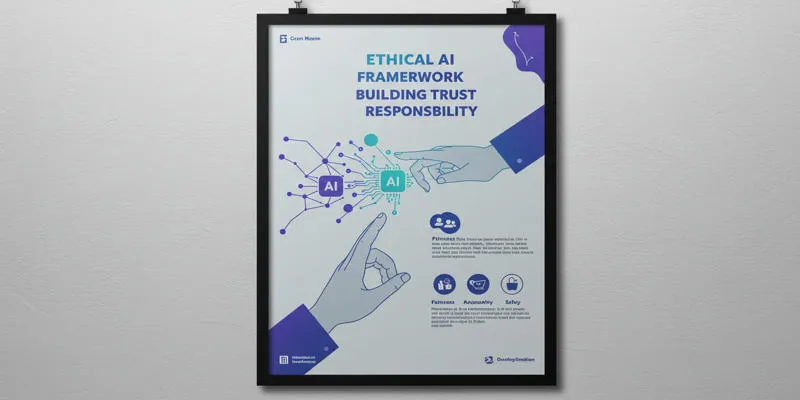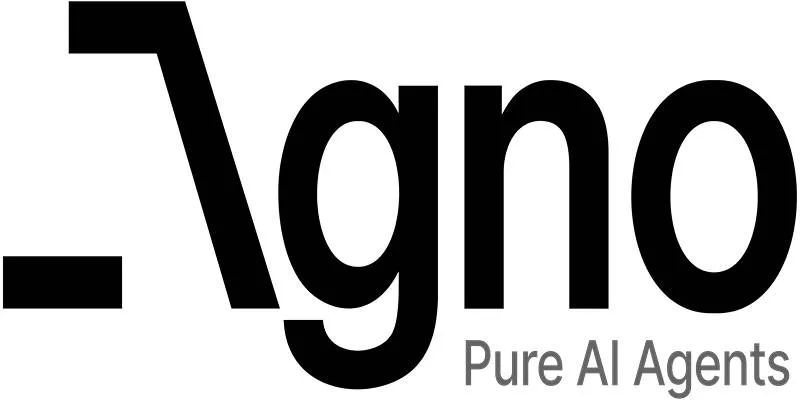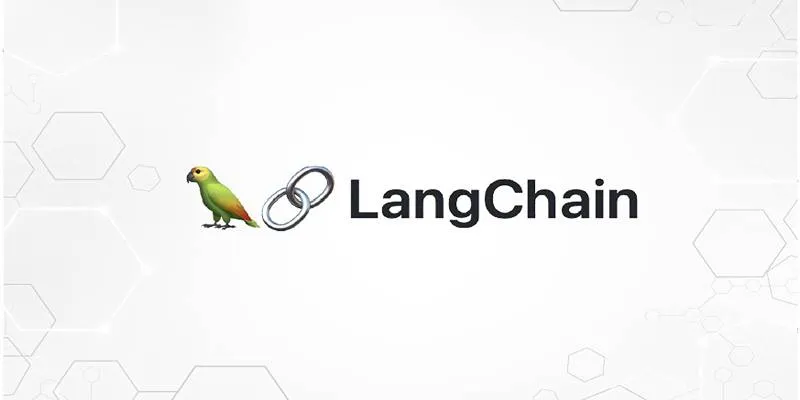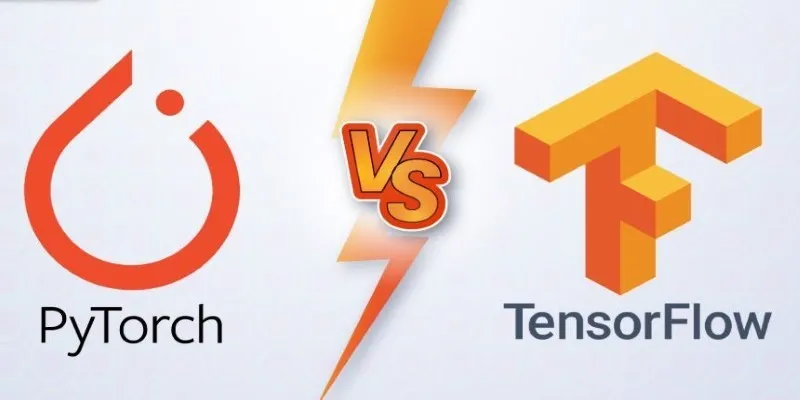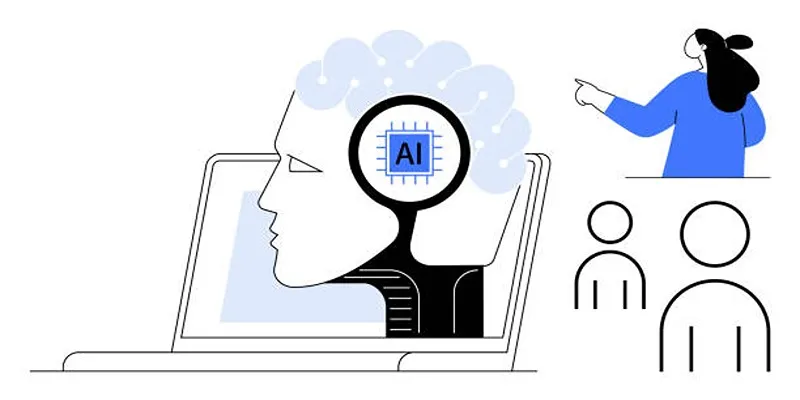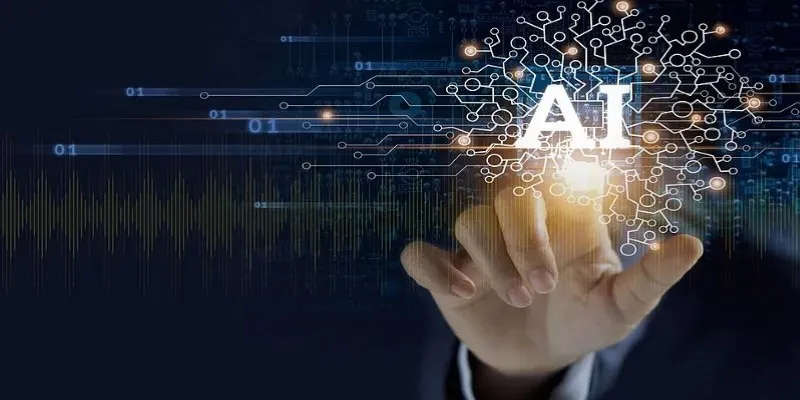Artificial intelligence (AI) is becoming increasingly demanding as models grow larger and more data is processed every second. Traditional computers are hitting limits when it comes to solving complex optimization problems that AI relies on. While true quantum computing is promising, it remains far from being widely usable.
Quantum-inspired algorithms have emerged as a pragmatic middle ground, borrowing ideas from quantum mechanics while operating on classical hardware. They enable more effective AI training, manage larger datasets, and solve complex problems faster. Developers are actively exploring how these methods can enhance AI performance across various fields.
How Quantum-Inspired Algorithms Work
Quantum-inspired algorithms mimic concepts from quantum computing—such as superposition, tunneling, and entanglement—and express them in mathematical routines that standard computers can execute. Although they do not require quantum processors, they draw on quantum principles to explore possibilities more efficiently. This is particularly valuable for optimization, a cornerstone of AI training and operation.

When constructing a neural network or refining its weights, the system must sift through countless combinations of parameters. Traditional methods often get stuck in local optima, settling for suboptimal solutions. Quantum-inspired approaches simulate how quantum particles can “tunnel” through energy barriers, allowing algorithms to bypass these traps and continue toward better outcomes. They also use probabilistic models derived from quantum theory, making searches less rigid and more adaptive.
Tools like tensor networks simplify relationships between variables in high-dimensional problems, common in deep learning. Approximate annealing, another concept borrowed from quantum systems, guides the algorithm through a simulated cooling process, gradually finding the most stable solution. These techniques allow the algorithm to process vast and complex data structures while minimizing wasted effort.
Advantages of AI Efficiency
The primary appeal of quantum-inspired algorithms is their ability to enhance efficiency in AI training and deployment. As models expand to billions of parameters, computational loads increase significantly. Running conventional optimization methods on such models can take days or weeks, with high energy costs. Quantum-inspired methods reduce the iterations needed to achieve good results, cutting down on training times and power consumption.
Scalability is another key advantage. Many optimization algorithms struggle with large datasets and models, often requiring costly specialized hardware to maintain performance. Quantum-inspired techniques scale more gracefully, allowing standard servers to handle demanding AI tasks without a proportional increase in resources. This makes them attractive to organizations needing high-performing AI without the budget for supercomputers.
These algorithms also enhance how AI systems handle randomness. AI often relies on probability distributions, especially in reinforcement learning and generative tasks. Quantum-inspired stochastic modeling can produce more realistic randomness, improving decision-making and output diversity. In reinforcement learning, this means more effective exploration of strategies. In generative AI, it results in higher-quality, less predictable outputs that remain coherent.
Real-World Applications Taking Shape
Quantum-inspired algorithms are already making their way into various applied AI areas. In natural language processing, they can fine-tune massive language models more quickly, allowing specialization on specific tasks with fewer computational resources. This is especially useful when time and budget constraints exist, but high accuracy is necessary.

In computer vision, these methods aid image recognition and object classification by speeding up the process of identifying optimal configurations. By navigating complex pixel relationships more efficiently, they improve accuracy and reduce training time.
Logistics and supply chain management also benefit. AI systems in this sector often need to make rapid decisions about route optimization and resource allocation. Quantum-inspired optimization helps these systems respond faster and make better decisions under pressure, leading to improved delivery times and reduced operational costs.
Other promising areas include drug discovery and bioinformatics. Here, AI combined with quantum-inspired optimization can sift through extensive genomic or molecular datasets to identify promising candidates more efficiently. Since these fields are data-intensive and rely on detecting subtle patterns, the ability to process large volumes of information quickly and accurately is particularly valuable.
Challenges and Future Outlook
Despite their potential, quantum-inspired algorithms are not a perfect solution. Translating quantum mechanics into classical algorithms is an emerging field, and some approaches can still demand significant computational resources. As AI models continue to grow, researchers are working to ensure these algorithms keep pace.
Another challenge is accessibility. Currently, most implementations of quantum-inspired algorithms are experimental or proprietary. This limits their widespread use, especially among smaller developers or organizations lacking technical expertise. Broader adoption will depend on developing open-source libraries and user-friendly frameworks.
These algorithms may also pave the way toward hybrid systems that combine classical and quantum computing as quantum hardware matures and becomes widely accessible. Lessons learned from quantum-inspired optimization could help shape how real quantum AI systems are designed and operated. For now, they serve as a useful bridge, offering meaningful gains without waiting for quantum technology to fully arrive.
Conclusion
Quantum-inspired algorithms provide a practical way to enhance AI as demands on traditional computing grow. By taking cues from quantum physics and adapting them to classical machines, they help AI systems train faster, scale better, and generate higher-quality, more reliable outcomes. Already showing value in fields like language processing, vision, logistics, healthcare, and biotechnology, these algorithms are likely to become integral to AI development as research progresses and tools become more accessible. They offer a creative and effective response to the increasing complexity of artificial intelligence systems.
 zfn9
zfn9





